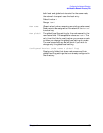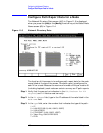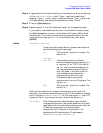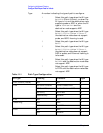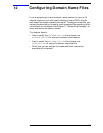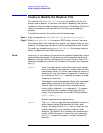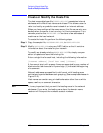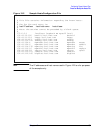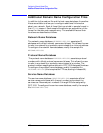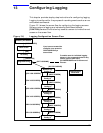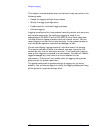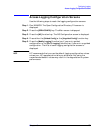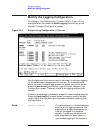
Chapter 12 167
Configuring Domain Name Files
Create or Modify the Resolver File
Resolver queries will be attempted using each
component of the search path in turn until a match is
found. Note that this process may be slow and will
generate a lot of network traffic if the servers for the
listed domains are not local. Note also that queries will
time out if no server is available for one of the domains.
nameserver Enter the IP address of a name server the resolver
should query. The address must be in dot format, with
leading zeros omitted and a period between each
grouping. See example addresses in Figure 12-1.
NOTE
It is very important that you omit the leading zeros in the network
addresses that you enter in the domain name resolver files. If you enter
leading zeros here, the domain name resolver will interpret the
numbers as octal numbers.
You can list up to three name servers, but you must use a separate
keyword entry for each. If there are multiple servers, the resolver will
query them in the order listed. If no nameserver entries are present,
the default is to use the HOSTS.NET.SYS file.
If you have no server, do not add any nameserver entries; the resolver
will immediately revert to the HOSTS.NET.SYS file.
Errors in the resolver file will be silently ignored by the resolver
routines.
Figure 12-1 Sample Resolver Configuration File
NOTE
The IP addresses and domain names used in Figure 12-1 are for
purposes of the example only.
#resolv.conf file
#
domain loc1.inet.com
search loc1.inet.com inet.com
nameserver 192.255.25.33
nameserver 192.255.354.74
nameserver 192.15.360.75



